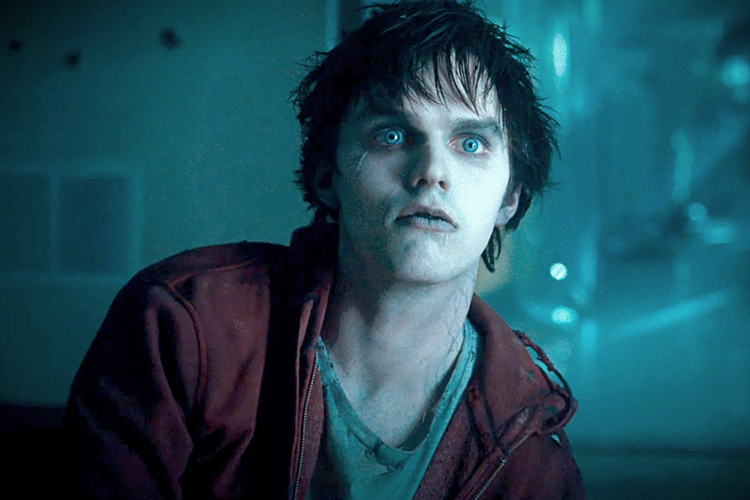The British Board of Film Classification (BBFC) in an independent, non-governmental body that was set up in 1912 to classify cinema films and Videos/DVD's since the Videos Recording Act was passed in 1984. The Board was set up by the film industry to bring a degree of uniformity to the classification of films nationally.
Films are usually watched and classified by at least two Examiners who will then rate the film using the BBFC's published guidelines. Examiners take into account the issues dealt with or mentioned in the film along with the language used; the context, tone and impact of the film and even the release format.
The guidelines are as follows:






Why are most horror films actually a 15 rather than an 18?
Most horror films are a 15 rather than an 18 as whilst they contain threat, explicit language, gore, violence, imitable behaviour and the possible reference of sex, there are never any strongly detailed sexual scenes and the material is never a 'breach of the criminal law', nor does it contain any material or treatment that could harm individuals or society as a whole.
Horror film production companies are likely to aim for their films to be a 15 as they can get a larger audience to see the film which leads to an increase in income for the company and a higher position in the box office for the film.
Main Brief
For our main brief, we are aiming for a certification of 15 because whilst our opening (and the rest of the film) would include strong threat and horror - it would not include violence or gore to an extent that would harm society in any way. We would also not include any sexual acts or violence in our opening or in the rest of the film.
The guidelines are as follows:






Why are most horror films actually a 15 rather than an 18?
Most horror films are a 15 rather than an 18 as whilst they contain threat, explicit language, gore, violence, imitable behaviour and the possible reference of sex, there are never any strongly detailed sexual scenes and the material is never a 'breach of the criminal law', nor does it contain any material or treatment that could harm individuals or society as a whole.
Horror film production companies are likely to aim for their films to be a 15 as they can get a larger audience to see the film which leads to an increase in income for the company and a higher position in the box office for the film.
Main Brief
For our main brief, we are aiming for a certification of 15 because whilst our opening (and the rest of the film) would include strong threat and horror - it would not include violence or gore to an extent that would harm society in any way. We would also not include any sexual acts or violence in our opening or in the rest of the film.





































